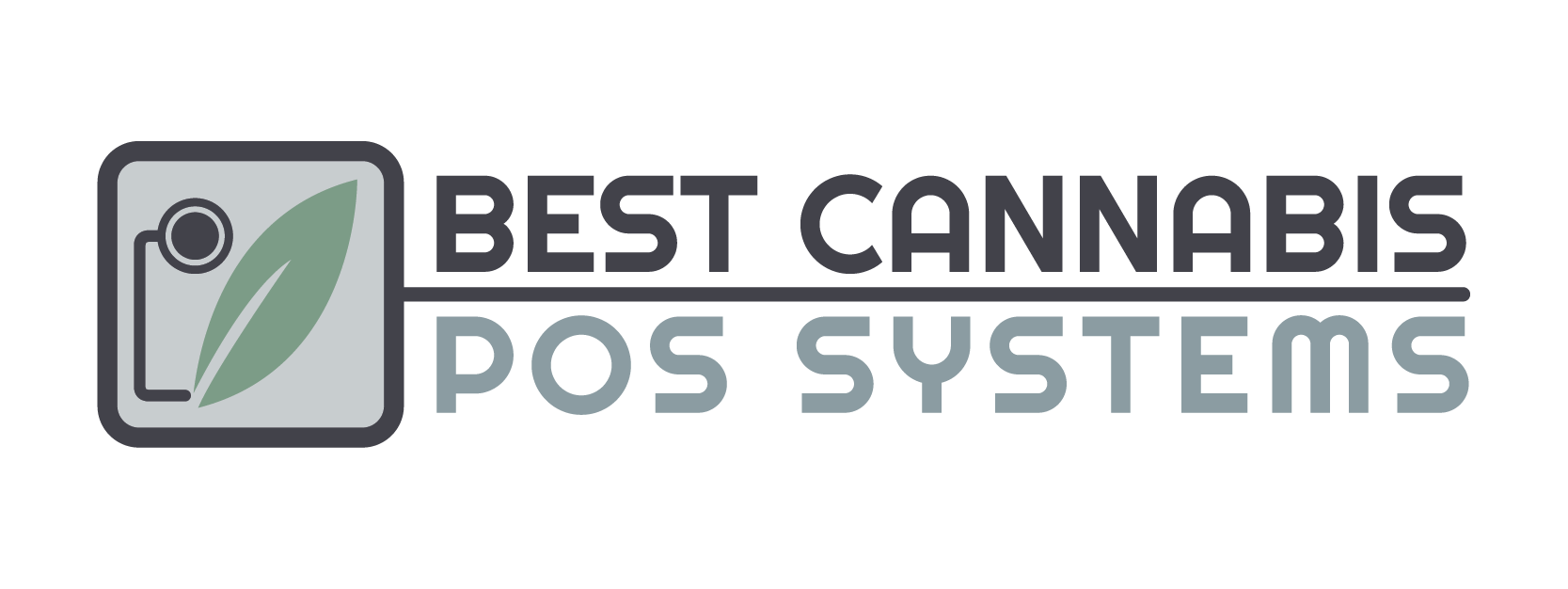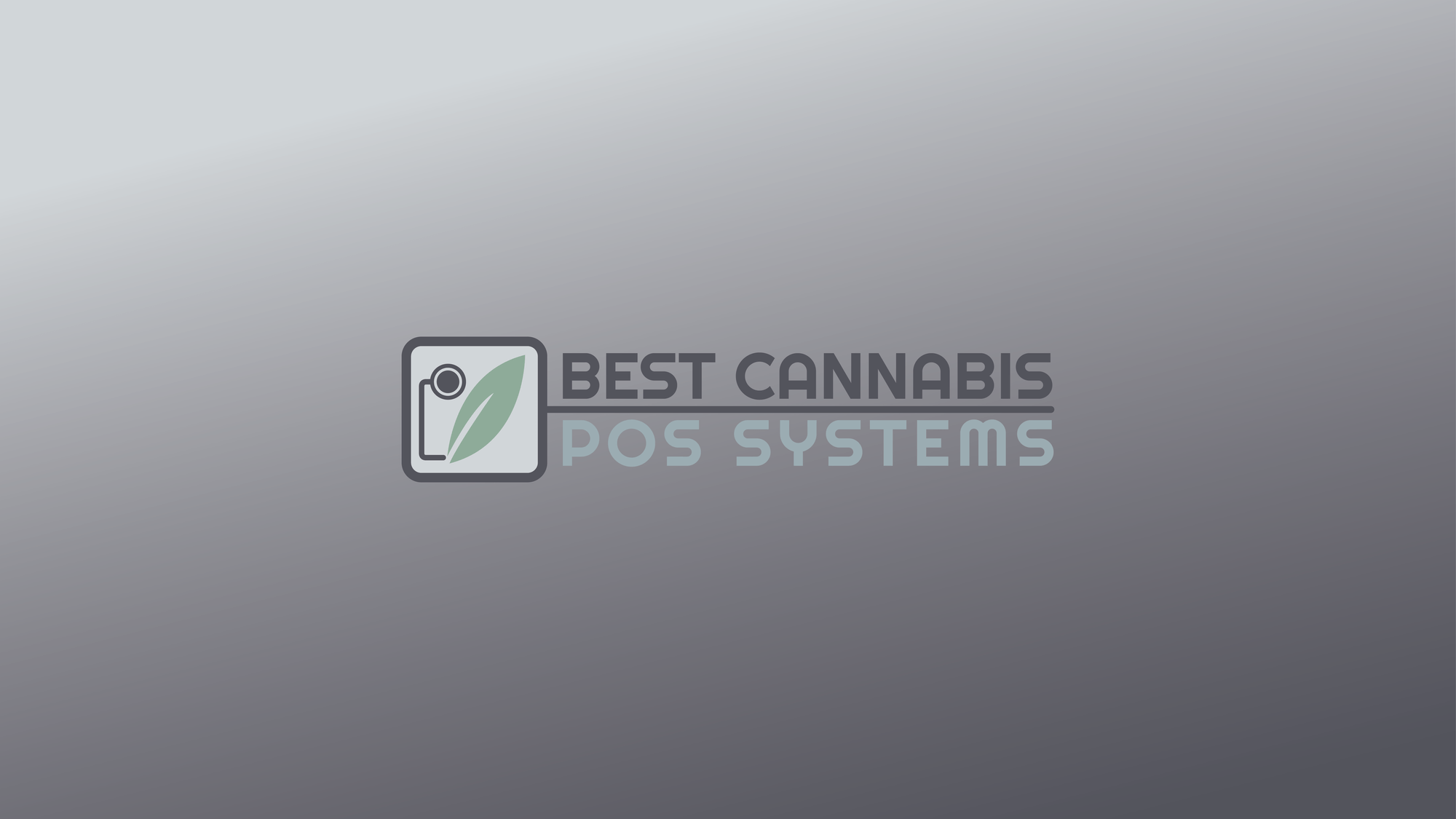As the cannabis industry evolves across the United States and globally, dispensaries serving medical patients and recreational users face different operational demands — especially when it comes to point-of-sale (POS) systems. While both store types rely on POS software to manage inventory, compliance, and customer transactions, their regulatory obligations, data requirements, and workflows diverge significantly.
Understanding how POS requirements differ between medical and recreational cannabis stores is crucial for dispensary owners, compliance officers, and technology vendors alike.
1. Compliance and Reporting
One of the most significant differences between medical and recreational cannabis POS systems lies in compliance requirements. Both store types must follow state-specific laws and often report sales and inventory through state-mandated tracking systems like METRC, BioTrack, or Leaf Data Systems. However, medical dispensaries face an added layer of complexity.
Medical dispensaries typically need to validate a patient’s active registration with the state’s medical marijuana program, track physician-recommended dosages, and report purchase quantities against state-imposed medical limits. This means a POS system must integrate with patient registries and enforce stricter purchase caps. Some systems are also required to log caregiver information when applicable.
Recreational stores, while still bound by age verification and daily purchase limits, generally have simpler workflows. POS systems only need to ensure customers are 21+ and that they do not exceed quantity caps for flower, concentrates, or edibles.
2. Purchase Limits and Verification
Medical patients often benefit from higher purchase limits, tax exemptions, or access to high-potency products not available in recreational markets. This requires POS systems to dynamically apply different rules depending on the customer type.
For example, in states like Florida or Pennsylvania, where only medical cannabis is legal, the POS must pull real-time information about each patient’s remaining allotment and prevent purchases that exceed it. In dual-licensed dispensaries (those serving both markets), the system needs to instantly switch modes based on whether the customer is medical or recreational — a complex but essential functionality.
Additionally, ID scanning and validation procedures differ. While recreational stores may only scan government-issued IDs for age verification, medical stores must often scan state-issued medical cards and confirm they’re still active.
3. Product Availability and Inventory Segmentation
Another major difference in POS system needs lies in how products are managed. Medical dispensaries might stock formulations like high-CBD tinctures or extra-strength concentrates meant exclusively for patients with chronic pain, epilepsy, or cancer. These products may be subject to special labeling, testing, or restricted access.
POS systems in medical dispensaries must support inventory tagging that restricts recreational sales of these items. Conversely, recreational dispensaries may have more flexibility with product promotions, bundle offers, or seasonal drops. A well-designed POS will allow easy segmentation of inventory, ensuring that medical-only items remain off-limits to general consumers.
4. Taxation and Discount Handling
Tax calculations present another area where POS requirements differ. Recreational cannabis purchases typically incur higher excise and sales taxes. Medical patients, in contrast, are often exempt from some or all taxes. For instance, in California, medical patients who have a state-issued medical marijuana ID card are exempt from sales and use tax but not excise tax.
POS systems must apply these variable tax structures accurately at checkout. Additionally, medical dispensaries may offer patient-specific discounts, loyalty programs, or hardship pricing, which must be tracked and reported for transparency. A robust POS must accommodate these discounts without compromising compliance.
5. Patient vs. Consumer Engagement
Medical dispensaries may maintain more detailed patient profiles, including qualifying conditions, physician recommendations, or product preferences. Their POS systems may include CRM-like features, allowing staff to provide tailored care and dosage suggestions based on a patient’s history.
Recreational systems, on the other hand, focus more on consumer preferences, purchase behavior, and loyalty incentives. While both benefit from sales analytics, medical-focused POS platforms often double as electronic medical record (EMR) systems, whereas recreational ones lean heavily into marketing and upselling tools.
Final Thoughts
As the cannabis industry matures, the gap between medical and recreational cannabis operations becomes increasingly clear — especially when it comes to POS systems. Choosing the right POS platform means understanding the compliance obligations, patient care responsibilities, and operational nuances of each type of store. Dispensaries operating in dual-license environments face the added challenge of supporting both workflows in one unified system. The most successful operators invest in adaptable POS solutions that keep them compliant, efficient, and responsive to their customers’ unique needs.

